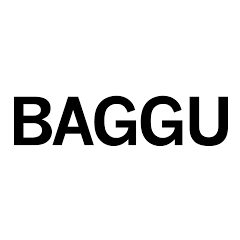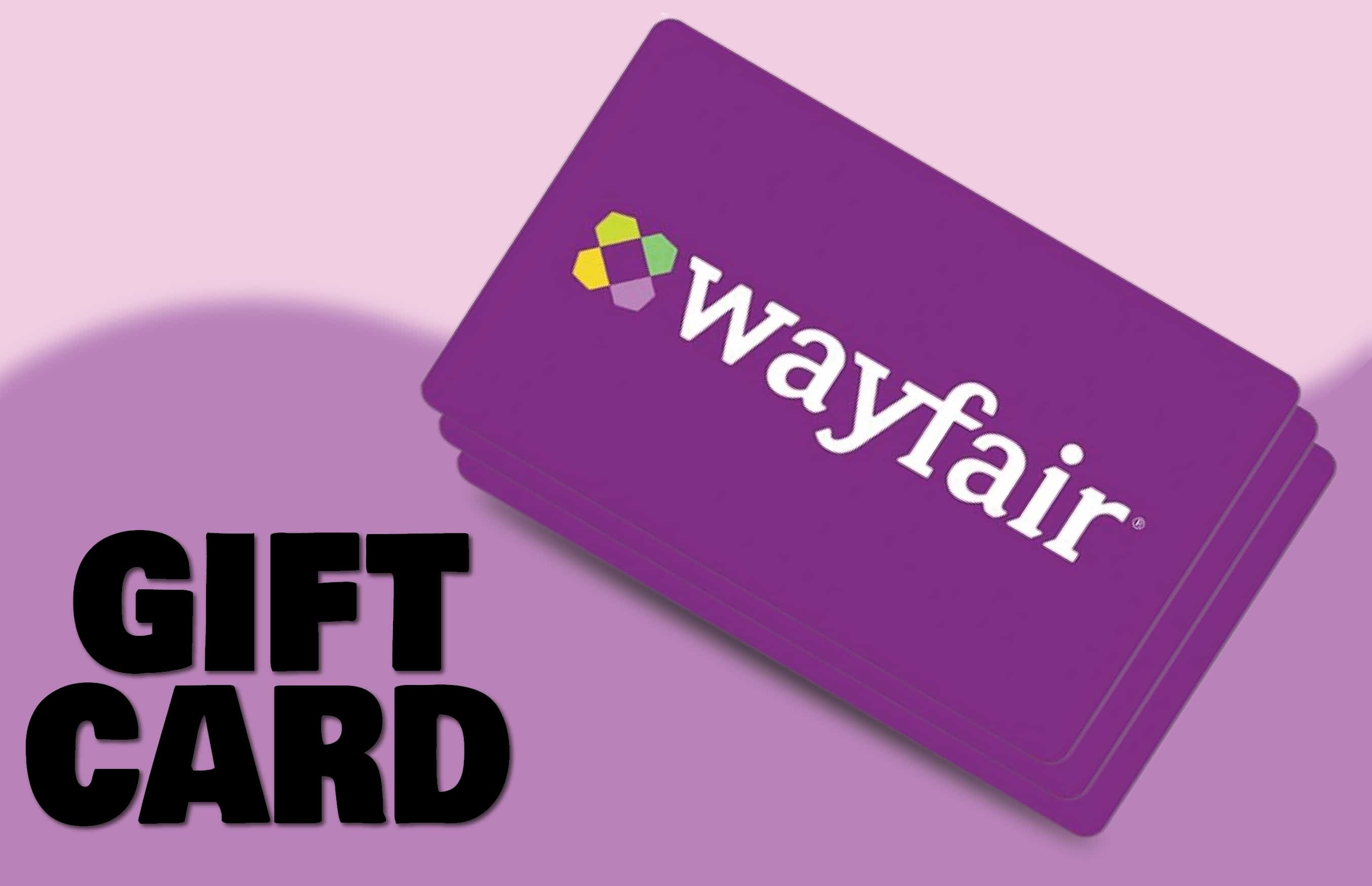Experience has shown that it can take a few days (or longer) for help to arrive during a major disaster. Although we are not regularly faced with earthquakes, tsunamis, tornadoes, house fires, floods, or nuclear disasters, it is good to prepare anyway!
Since I was just a child, I have heard the words “emergency preparedness” and “72-hour kit” many times. I have read books and online articles and attended seminars on the subject. I mention this because I don’t want to claim that I came up with these ideas myself (and I don’t remember exactly where I heard them all)! :)
First, a 72-hour kit is just a small backpack, duffle, or even bucket (with a lid) that you pack with supplies you feel you would need to sustain yourself and your family for 3 days. It should be easily accessible. Keep it by your bed or under the bed. The idea is that it should be ready for you to “grab and go” at a moment's notice.
Each member of your family who can carry a kit should have his/her own. Don’t feel that you need to spend a lot of money. Just use what you have. Here are some items that you may want to consider having in your kit:
- Food (granola bars, protein bars, dried fruits, MRE-type foods, canned chili or soup, instant oatmeal packets, canned meats, or crackers)
- Water – One gallon per person is recommended. That is pretty heavy, though. I usually include a few water bottles in each pack. I also bought some water purification tablets at a camping store. You could also have a water purification bottle.
- Clothing – Perhaps a change of clothing, a jacket or sweatshirt, extra socks, and maybe a folded rain poncho would be nice.
- Light – Flashlight with extra batteries, candles, waterproof matches, or a lighter.
- Medicine – A first aid kit, ibuprofen, cold medicine, and any necessary prescriptions*
- Cleaning – Washcloth or small towel, soap, sanitizer, etc. (in travel sizes)
- Toiletries – TP (in a zip-loc bag) or some tissues, sanitary supplies, toothbrush and toothpaste, a travel-size brush or comb, sunscreen, etc.
- An emergency blanket – You can buy these in the camping section of most stores (like Fred Meyer). They look like a folded-up piece of foil.
- Baby needs – Whatever you would have in your diaper bag. I would recommend some ready-to-feed formula, even if you breastfeed. A few cloth diapers might be handy, too, as they could be rinsed, dried, and reused in an emergency.
- Misc. items (you could leave these out of the kid’s bags): duct tape, rope, pocket knife, battery-powered or wind-up radio, a plastic sheet (or old shower curtain liner), can opener, a fold-up shovel, a whistle, a mini hikers stove, or a pen and paper.
- You might include small toys, playing cards, markers, coloring books, religious items, copies of important documents (like insurance cards, immunization cards, etc.), consent forms to treat minor children, your old spare eyeglasses, and some cash.
*Prescriptions – It can be difficult to get any extra medications because of the way most insurance works. One suggestion I have heard is that because your insurance usually allows you to pick up your next month’s supply a week early, you could do this each month for four months. You should be able to have one extra month on hand.
You would still only get 12 in a year. You would just be a little early. Another idea is to explain to your doctor that you are trying to prepare an emergency kit and ask if their office might have a few extra samples you could have.
It is important to remember that these kits can include whatever YOU think you might need. Every family is different. I am convinced that even a small, incomplete kit would be far better than nothing. As coupon enthusiasts, we have many of these items already. All you have to do is throw them in a bag you can easily pick up and carry if you need to go fast!


















.webp)



.jpg)
